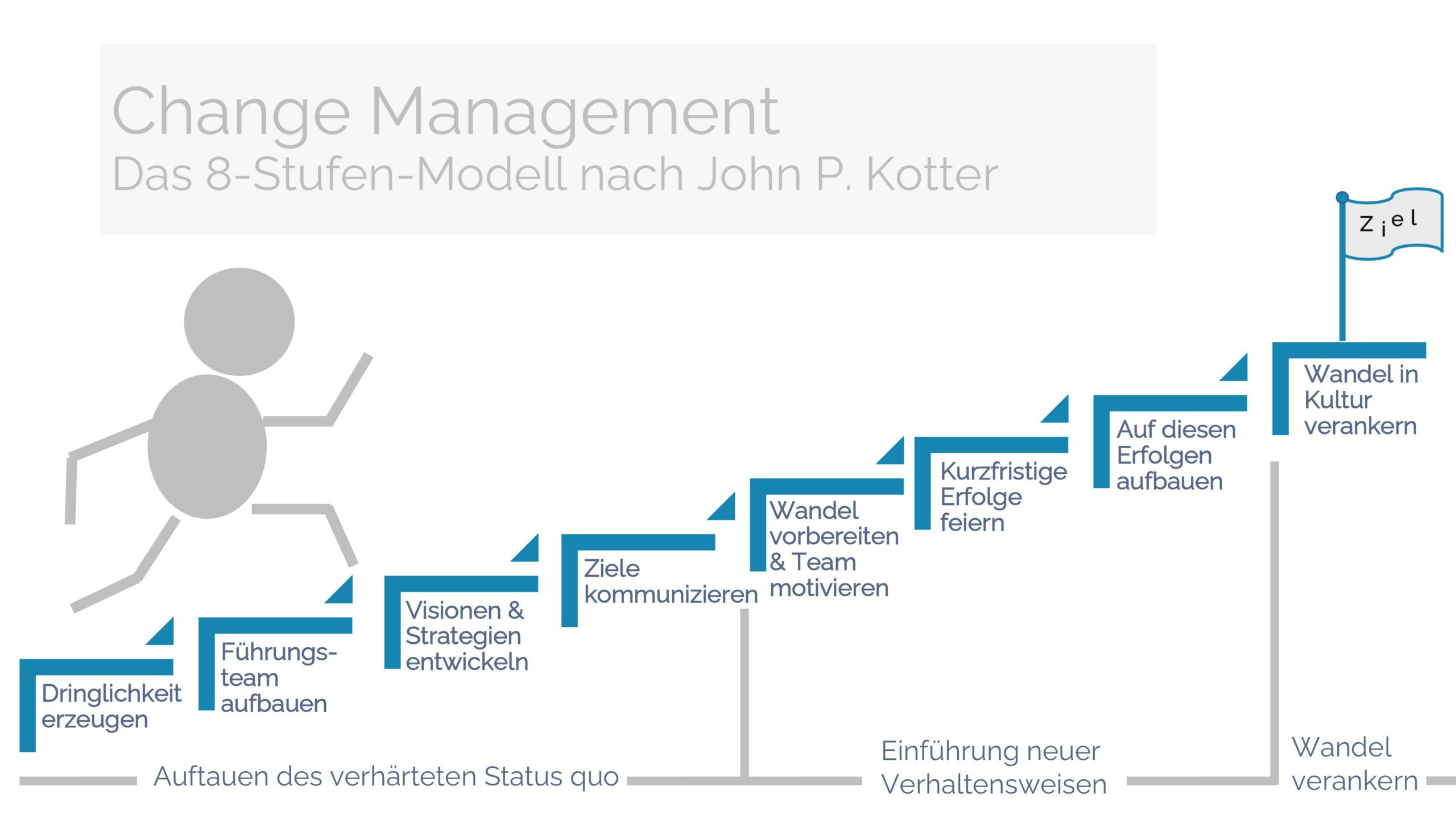Time for Change – Storytelling in Change Management

Changes in operations are never easy and often trigger resistance from those affected. Those involved worry that they will no longer be able to perform at the same level under the changes or that they will have problems with newly introduced technologies. Fear of a change in the social fabric and familiar surroundings can also arise. Last but not least, there is the fear of losing one’s job or the importance of one’s own person. The fact is that change cannot be prevented, but the good thing is that it can be managed. This is where change management comes in. The goal is to lead change processes in a planned manner, starting from an actual state and working towards a target state.

Find your why – Working out the core messages
Our storytelling strategy aims to motivate and inspire the protagonists for the upcoming changes. Ultimately, it should also positively influence their actions. For this to work, we start by discussing why the renewals are necessary and important and where the associated communication should lead. In doing so, it is important to know the why, how and what of the change in question. While most people communicate, think and act starting from the what, in storytelling we focus on the why. How successful a change and the stories based on it are for companies depends very much on how clear they have their why, i.e. their goal, in mind.
The WHAT refers to what we focus on thematically. Here we analyze and describe what the changes are and what benefit they bring.
In the WHY, we look at the underlying factors that caused the problem to understand why a change is important and is being made.
The findings from the what and why are evaluated in the HOW. Here we consider how to address the problem.
When life gives you a change, make it a good story

Once the communication goals have been defined, the next step is to develop the plot ideas. In storytelling in change management, it is important to develop different stories adapted to the respective phases of the change process. In this way, different values and growth needs of the protagonists (employees) are addressed.
For the development of successful stories we consider the following factors:
Stage of inner change of the protagonists.
- Agenda Setting: still has to deal with the fear of change
- Awareness: talks about fears / reservations and opens up to the change
- Action: makes clear comparisons between old and new solutions and recognizes possible advantages and disadvantages
- Assessment: uses and evaluates as well as recommends the given change
Growth Needs: Which growth needs are addressed? These include, for example, wholeness, perfection, or simplicity.
Values: Which values are addressed? A large pool of values is drawn from, such as progress, courage and curiosity, health or integrity.
Protagonists: Which people from the company could narrate?
Depending on the choice of the plot, there are then possible formats that can tell the change story: Podcast, audio, video, newsletter, as well as blog, text & images, graphics and landing page.
Change is daunting to many stakeholders. Well-designed corporate storytelling can engage employees and alleviate fears. This is important because successful change processes only succeed if the audience feels taken seriously and moves in the same direction.
Read more about how to use storytelling to convince employees of new strategies here.
Share this article









